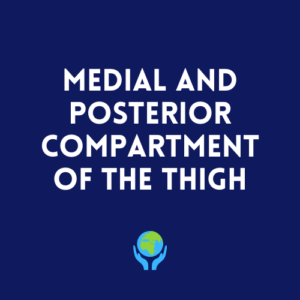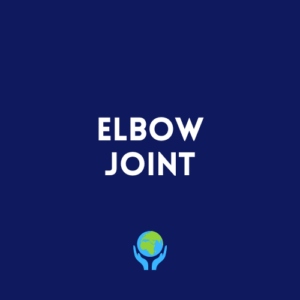Description
(LEARNER OUTCOMES)
- To describe the thoracic cage.
- To appreciate it’s parts and their functions
-Sternum: To recognize the jugular notch and the angle of Louis. To recognize the structures in the plane of the angle Louis.
-Ribs: To identify the typical and atypical ribs and the order of the structures of the groove.
-Muscles: To recognize their attachment, direction of their fibers and actions.
-Thoracic vertebrae: To recognize the typical and atypical thoracic vertebra and ligaments.
- To appreciate the different ligaments.
- To appreciate the layers of the thoracic wall.
- To recognize deformities, fracture ribs and clinical procedures.






Admin –
Dear Learner,
Welcome to “Gakwaya Medical Notes”. The objectives of these notes are:
– To produce a doctor who treats a client effectively & safely
– To pass examinations
– To do post graduate
– To be a life long learner
HOW TO ACCESS THIS LESSON:
1. Add lesson to cart & place order
2. Make a payment via Pesapal (MTN, Airtel, Visa, Mastercard)
3. You will receive an email with a downloadable link to view the lesson.
PLEASE NOTE:
For MTN or Airtel payments, please send your PAYMENT CONFIRMATION to WhatsApp +256 750034522 or email inquiry@gakwayamedicalnotes.com so we can COMPLETE your transaction. Thereafter, you will receive an email with a downloadable link to view the lesson. Please allow 4-6hrs to receive the link.
2. During your MTN/Airtel transaction, if your amount states “INVALID”. Please roundup to the nearest whole number. For example: if your payment is 80,0881.70, roundup to 80,882
HOW TO GET THE MOST OUT OF THIS LESSON:
1. Read and listen.
2. Sketch the diagrams repeatedly to master the subject.
3. Refer to periodicals and text books.
4. Formulate at least 2 questions from each learner outcome that you can answer swiftly and in great detail to show your understanding of the various topics. Preferably use the words, “list, name, state, describe or create” and avoid using the words, “how, what and explain”.
FOR INQUIRIES:
Send an email to inquiry@gakwayamedicalnotes.com
RETURNS & CANCELLATIONS:
Downloadable products are not eligible for refunds.
DISCLAIMER:
These are Dr. Gakwaya’s notes based on his 40+yrs of experience in the medical field.
These notes should not be used or reproduced without written permission – “Copyright”.